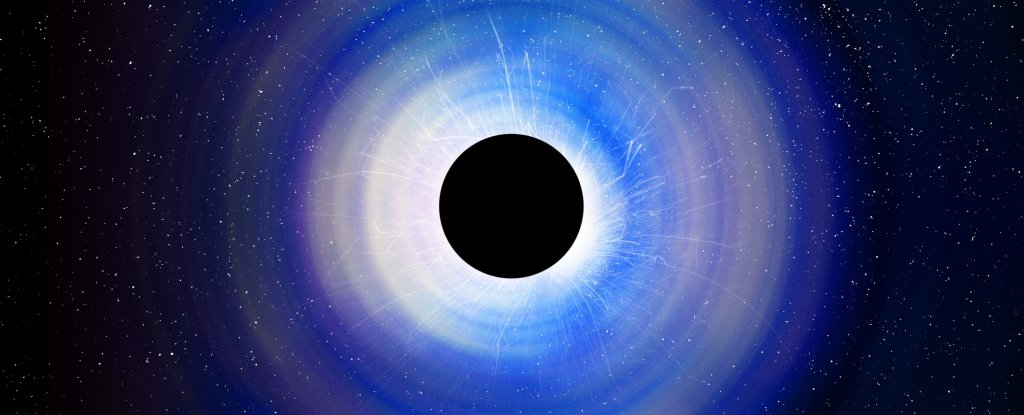
The primordial but undetectable small black holes could be one of the mysterious sources of mass that contribute to dark matter. There are significant limits to its useful life in open space, but in recent years astrophysicists have wondered: what if these black holes are in the nucleus of neutron stars?
Gradually, these black holes would accumulate the neutron star and devour it from within. These hypothetical systems have not yet been verified, but a new prepress document, published in arXiv and not yet reviewed, has calculated how long this devouring would take.
This, in turn, could be used to analyze the current population of neutron stars to limit the nature of black holes considered candidates for dark matter, whether primordial, dating back to the Big Bang, or black holes that formed. inside neutron stars. .
Although we do not know what dark matter is, it is fundamental to understanding the Universe: there is simply not enough matter that we can detect directly (normal matter) to explain all gravity. In fact, there is so much gravity that scientists have calculated that between 75 and 80 percent of all matter is dark.
There are several candidate particles that could be dark matter. The primordial black holes that formed just after the Big Bang are not one of the main candidates, because if they were above a certain mass we would have already noticed them; but, below this mass, they would have evaporated by the emission of Hawking radiation much earlier.
Black holes, however, are an attractive candidate for dark matter: they are also extremely difficult to detect if they just stay in space doing nothing. So astronomers keep looking for them.
One idea that has been explored recently is the endoparasitic black hole. There are two scenarios for this. One is that the primordial black holes were captured by neutron stars and sank to the core. The other is that dark matter particles are captured inside a neutron star; if conditions are favorable, these could meet and collapse into a black hole.
These black holes are small, but they would not stay. From their cozy position, embedded in the neutron star, these small black holes would parasitize their host.
The team of physicists at Bowdoin College and the University of Illinois at Urbana-Champaign calculated the rate of accretion, that is, the rate at which the black hole would devour the neutron star, for a range of black hole mass ratios, three to nine. orders of magnitude less massive than the neutron star host.
Neutron stars have a theoretical upper limit of mass 2.3 times the mass of the Sun, so the masses of the black hole would extend into the range of dwarf planets.
For a non-rotating neutron star that hosts a non-rotating black hole, the accretion would be spherical. At accretion rates calculated by the team, black holes of up to 10-21 sometimes the mass of the Sun would completely accumulate a neutron star during the life of the Universe.
This suggests that the primordial black holes, from the beginning of the Universe, would have completely accreted their host neutron stars by now. These time periods are in direct conflict with the ages of old neutron star populations, the researchers said.
“As an important application, our results corroborate arguments that use the current existence of neutron star populations to limit the contribution of primordial black holes to the dark matter content of the Universe or that of dark matter particles that they can form black holes in the center of neutron stars after being captured, “they wrote in their diary.
So the result is again for the primordial black holes; but does not completely rule out endoparasitic black holes. If there are balloons of dark matter particles floating through space and wrapped in neutron stars, they could collapse into black holes and turn neutron stars into black holes even as you read this sentence.
And that’s fantastic.
The team document has been published in arXiv.